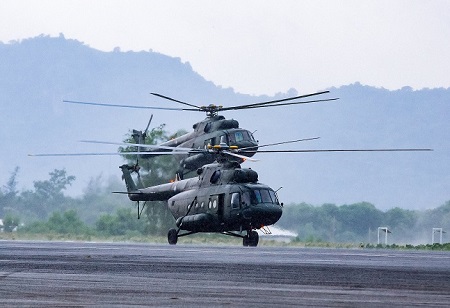
On the eve of President Emmanuel Macron's visit to India, India's ambassador to France, Jawed Ashraf, spoke about a significant milestone in the defense and aerospace cooperation between the two countries. For the duration of their joint venture, the manufacturer of fighter jet engines, Safran, has consented to the complete transfer of technology to India. This activity is critical in light of the fact that it could fortify India's guard innovation independence and reinforce the essential coalition between the two nations.
The technology transfer agreement between Safran and India for the Shakti jet engine project is noticeably extensive, in contrast to India's previous partnerships. Safran is committed to transferring every technology and manufacturing method, as well as crucial design, development, certification, and production information. This sort of intensive exchange, which goes past the domain of traditional innovation moves that can, for the most part, focus on get-togethers or creation techniques, is fundamental for building new stream motors. It includes consideration of metallurgical issues and the actual design phase.
Moreover, the innovation move would be consistently coordinated with India's future protection targets since this exchange is decisively lined up with the nation's drawn-out guard objectives. The strategic alignment between France and India in the larger context of defense cooperation has been strengthened by the meetings between Prime Minister Narendra Modi and President Emmanuel Macron of France. Beyond focusing on a single project, this multifaceted partnership aims to establish a collaborative development and production ecosystem.
But why is it so difficult to design and make a jet engine? First, because jet engines operate at extremely high temperatures, thermal control is essential. It is essential to develop materials and coatings that can withstand temperatures greater than 1,800 degrees Celsius, such as the carbon-based coatings used in China's military aircraft engines.
We use cookies to ensure you get the best experience on our website. Read more...